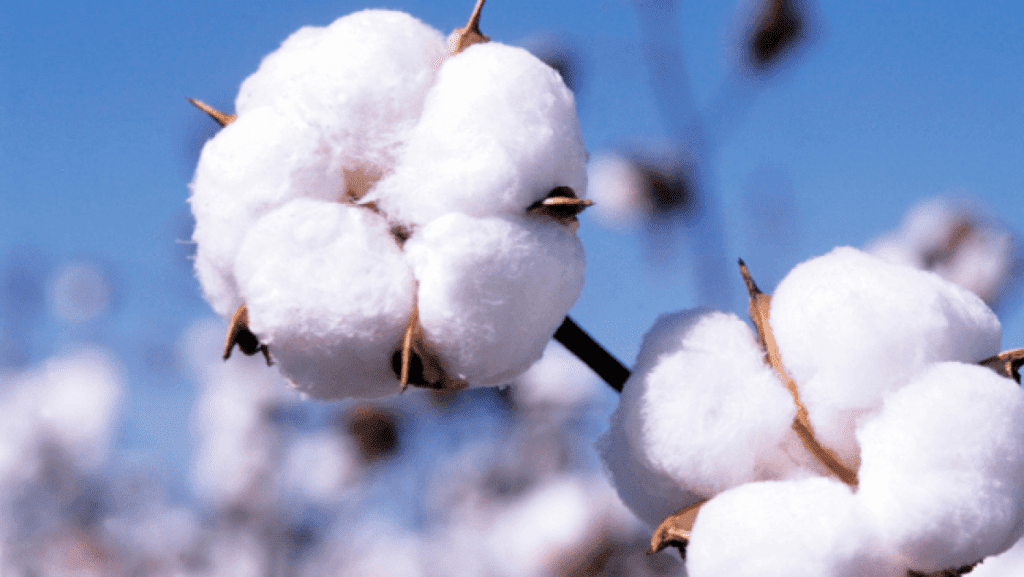Domestic cotton prices are likely to remain subdued over the third quarter of the current fiscal due to fresh arrival of cotton in the markets in cotton growing states. Compared to the previous season’s nearly 30.7 million bales (170 kg per bale), Cotton Association of India (CAI) has estimated an increase in cotton production by almost 12% to 34 to 35 million bales in the current 2022-23 domestic season (October to September).
As per a recent report of India Ratings and Research (Ind-Ra) estimated higher production of cotton is supported by a 7% higher area under cultivation in the current domestic cotton season. The report claims that with the domestic as well as global consumption likely to be lower than the previous season, a supply surplus expected which is likely to weigh down upon the prices.
The trend is reflected in average month-on-month prices that have reduced by nearly 13.4% and 0.5% on year-on-year basis, says the report. Though the spread between Indian cotton and international cotton prices reduced considerably by around 50%, Indian cotton continued to be more expensive than international cotton during October this year, claims the report.
According to CAI president Atul Ganatra cotton prices in the domestic market are hovering around Rs 65,000 per candy (356 kg) as against Rs 51,000 per candy or 78.5 cent in International Cotton Exchange (ICE). “In fact, some of the multinational firms are engaged in forward selling January month contracts at Rs 59,000-60,000 per candy in the domestic market. They are hedging their risk by taking the ICE January contract at Rs 50,000 or 78 cent. This activity is alarming for the entire textile value chain, especially for spinners and yarn buyers,” says Ganatra.
Spinning mills across India are expecting and waiting for further downfall in domestic cotton prices, says Gautam Dhamsania, secretary Spinners Association of Gujarat (SAG), adding that in order to compete in international cotton yarn market, local mills need to source raw-material at prevailing international prices as out of India’s total production of cotton yarn, 40% is being exported.
Source: Financial Express

